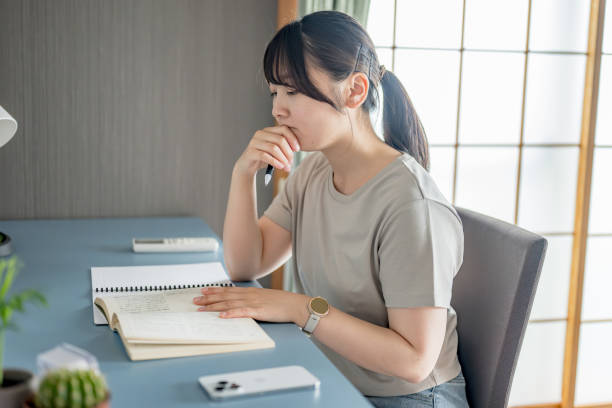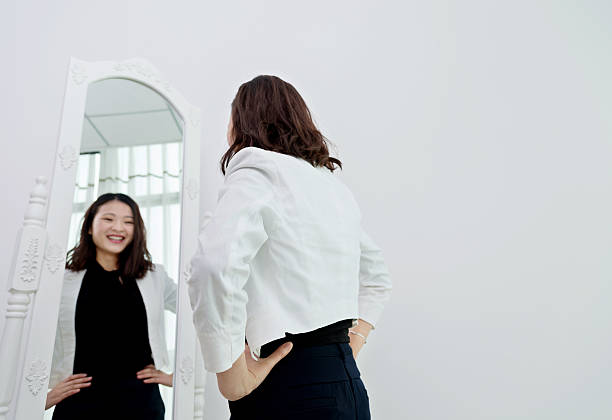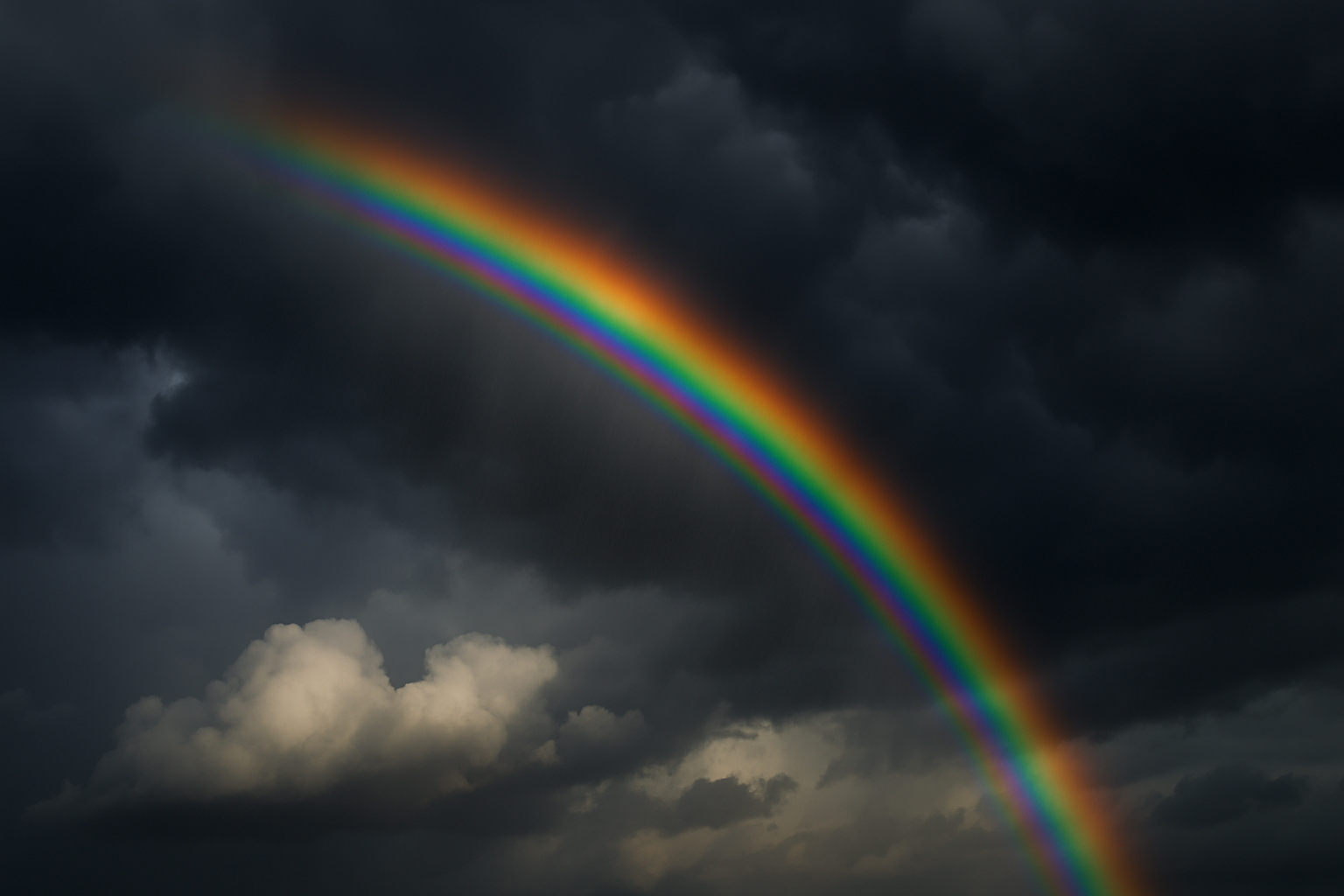Your cart is currently empty!
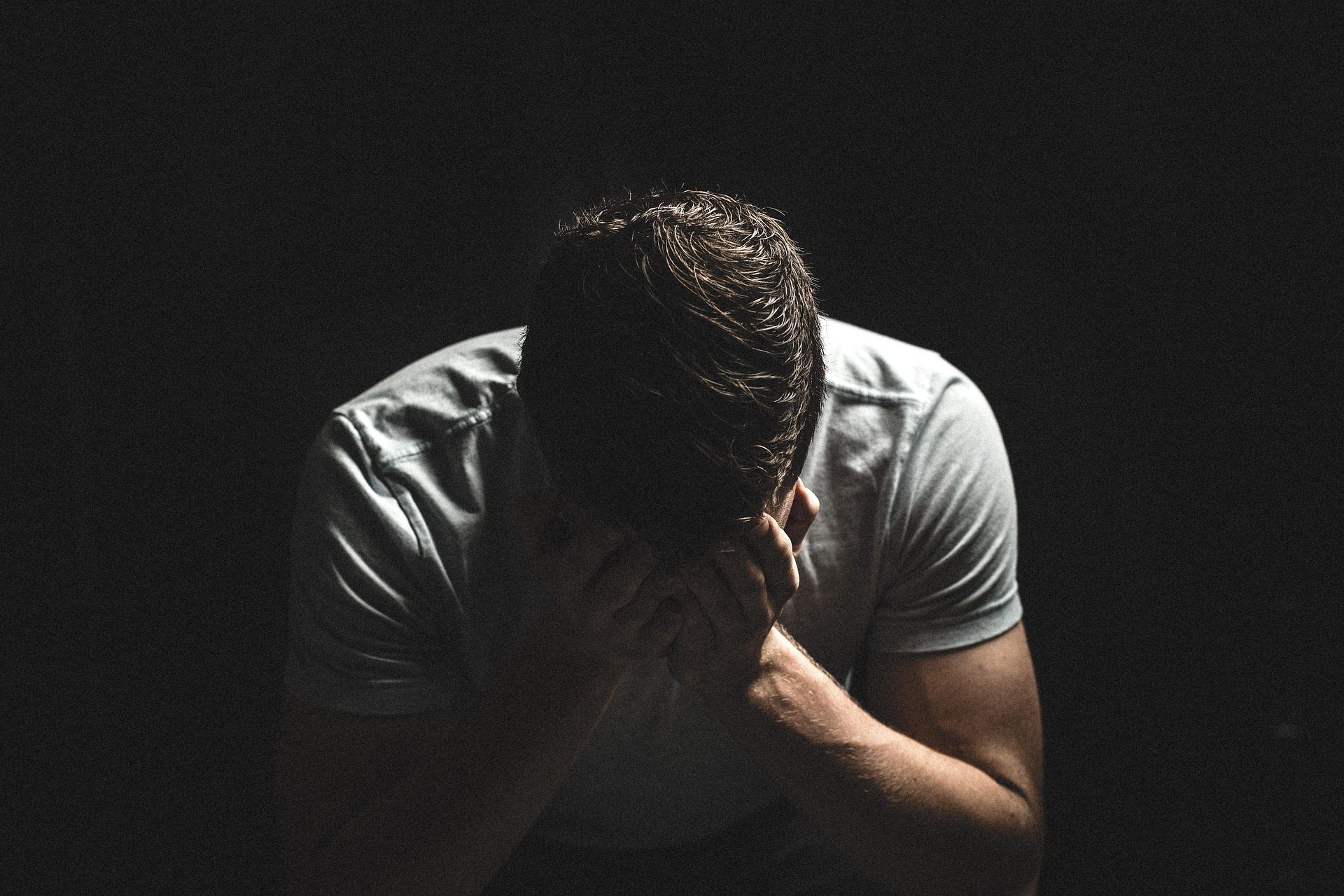
There are days that leave a scar — not just on your body, but on your spirit.
For me, that day was January 31st, 2020.
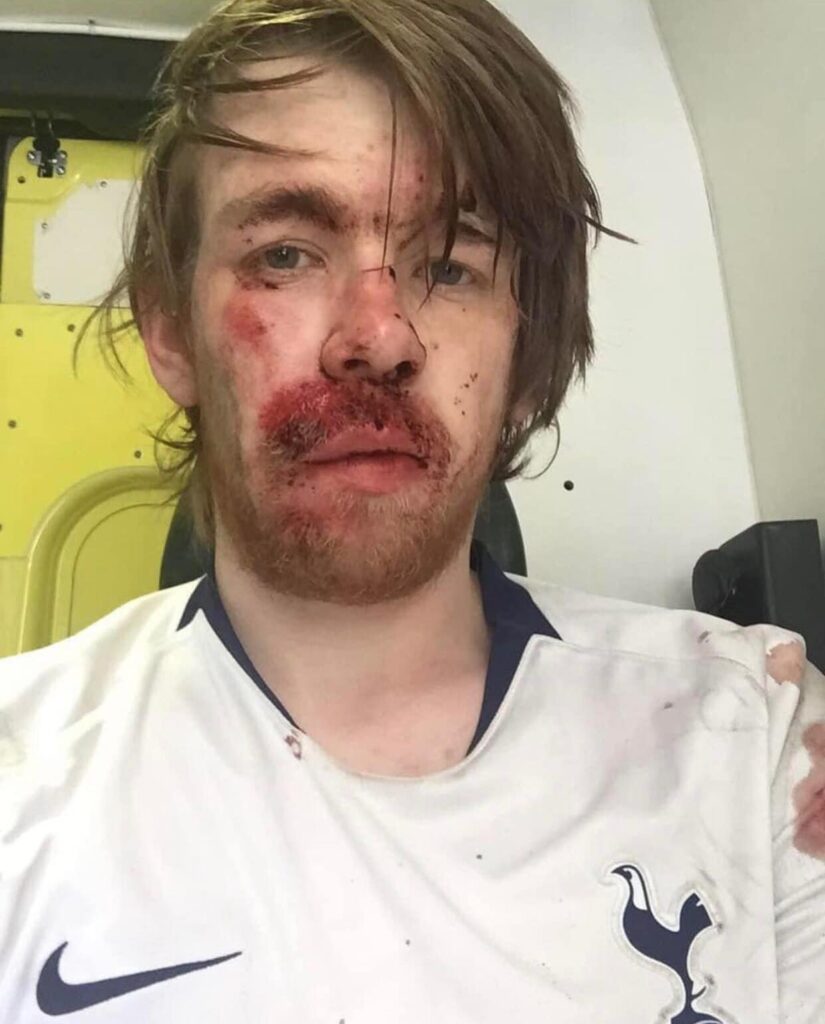
It started like any other ordinary day. I was walking with my mum and little sister to the local shop. We weren’t rushing. We weren’t thinking about epilepsy. We were just enjoying a simple, peaceful moment together. Then, without warning — everything changed.
I had no aura. No sign. No chance to protect myself. One minute I was walking and talking. The next, I dropped. My body collapsed mid-step, and I fell face-first onto solid concrete.
The sound of my skull hitting the pavement echoed through the silence.
I didn’t just hit the ground — I slammed into it. No hands out to break my fall. No time to cushion the impact. I fractured my right cheekbone, and blood began to pour from my face. I was unconscious, unresponsive, lying there as the world around me froze.
I came to inside an ambulance. My head was ringing, my vision blurry. Pain pulsed through my face. The paramedics were asking me questions I could barely answer. I reached for my phone and, in a strange twist of humour, took a selfie — face swollen, bloodied, and bruised — and posted it with the caption:
“I think my modelling career is over.”
That was my way of coping. Making light of something so dark.
Because the truth is, I was scared.
That seizure — unlike anything I’d experienced before — stripped away my sense of safety. For the first time, I truly understood how dangerous epilepsy can be. Not just because of what happens during a seizure, but what can happen because of one. I could’ve lost an eye. Broken my jaw. Suffered a brain injury. Or worse.
I spent the night in hospital, face bandaged, head spinning — physically and emotionally. I wasn’t just dealing with pain, I was dealing with trauma. Lying there, all I could think was: What if this happens again? What if next time, I’m alone? What if I fall harder?
But in that fear, something began to shift.
I started asking new questions. What can I do to help others feel less alone in moments like this? How can I share what I’ve been through in a way that turns pain into purpose?
That night became a turning point — not just in my health, but in my life.
Since that day, I’ve built My Epilepsy Journey not just as a platform, but as a movement — to show people the raw reality of epilepsy, the invisible battles we face, and the strength it takes to get back up every single time we’re knocked down.
People often see the bruises and scars and assume those are the worst parts. But what they don’t see is the emotional damage — the fear of the next seizure, the frustration of feeling like you’re not in control of your own body, the pressure of trying to act “normal” when your brain has its own unpredictable rhythm.
But I’ve learned something powerful:
Every fall is a chance to rise differently.
That seizure didn’t break me — it reshaped me. It pushed me to speak out, to connect with others living with epilepsy, and to use my story not as a source of shame, but as a source of strength.
I still live with the risk. I still have bad days. But I’ve stopped hiding behind fear.
This page isn’t just about the worst seizure of my life — it’s about what came after.
So if you’re reading this and you’ve had your own “face-first fall,” I want you to know:
You’re not alone.
Your strength isn’t measured by how many seizures you’ve had — it’s measured by how many times you’ve stood back up.
And I’m still standing.

